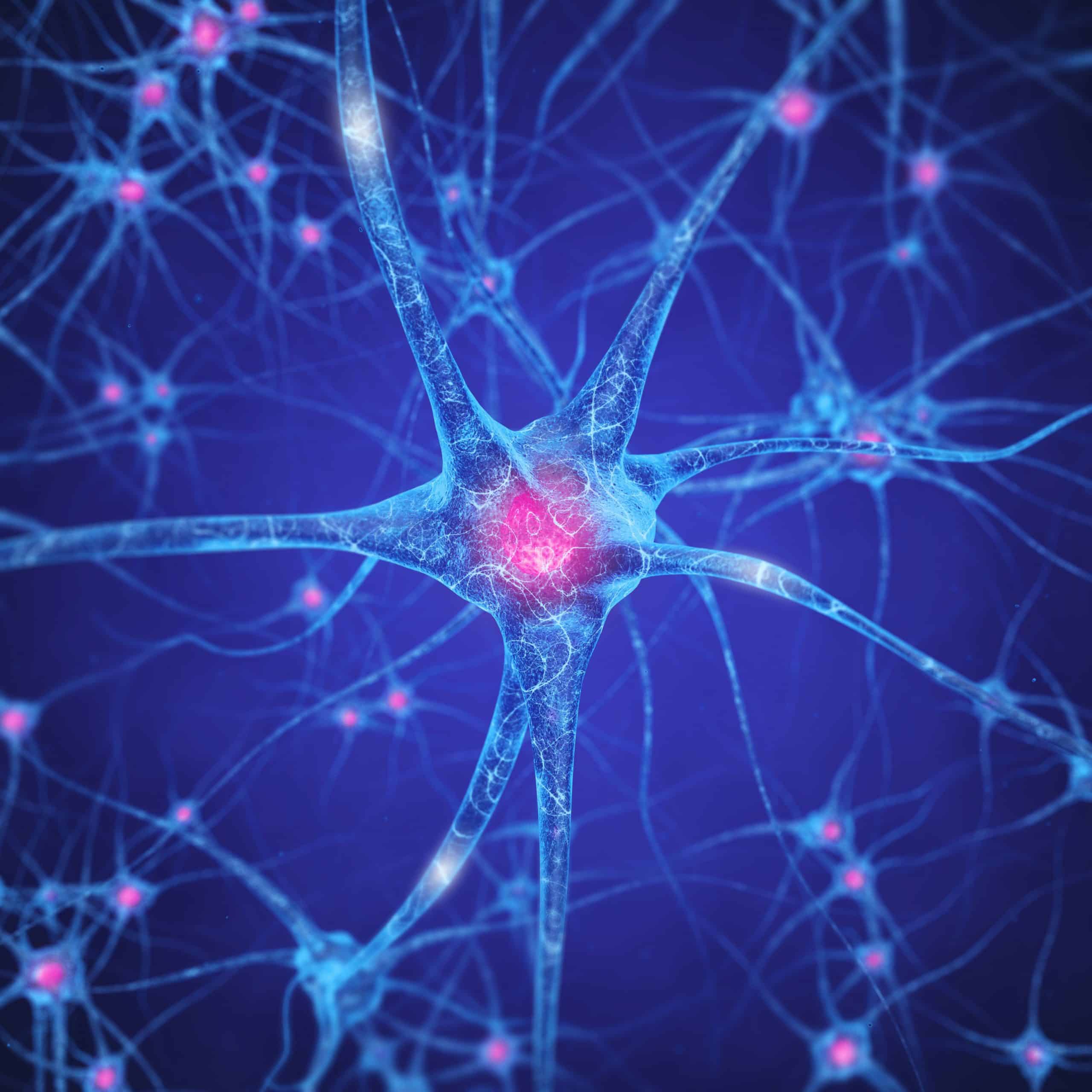It starts innocently enough – a “like” on an attractive colleague’s new profile pic, an emoji-laden reply to an old flame’s comment, a private message to a sexy acquaintance. But with each interaction, the dopamine hit entices you further down the social media rabbit hole… and further outside the bounds of your primary relationship.
Social media has revolutionized how we connect, flirt, and maintain relationships. While these platforms bring exciting new ways to meet others and stay in touch, they can also enable intimate partner surveillance and abuse. Welcome to the world of “micro-cheating” – a phenomenon that’s forcing us to rethink what faithfulness and boundaries means in the digital age.
What is Micro-Cheating?
Australian psychologist Melanie Schilling defines micro-cheating as “a series of seemingly small actions that indicate a person is emotionally or physically focused on someone outside their relationship” 6. It might start innocently: liking an attractive coworker’s photos, sending playful emojis to an old flame, or sharing private jokes in DMs with someone you find attractive. While these actions might seem harmless at first, they can create a slippery slope toward more serious boundary violations, challenging traditional notions of relationship fidelity.
The Science Behind Digital Infidelity
What makes social media so compelling – and potentially threatening to relationships? Research shows these platforms are designed to trigger the same reward pathways in our brains as addictive substances. 3, 5 When we share about ourselves on social media (which we do up to 80% of the time, compared to 30-40% in face-to-face conversations), we activate the same brain regions that respond to cocaine. 2,4 This constant stream of validation and excitement can become addictive, leading us to seek more and more online validation outside our primary relationships.3
Technology and Trust: A Complex Dynamic
The rise of micro-cheating has created new challenges for trust in relationships.2 Many people now believe that proof of faithfulness (or unfaithfulness) can be found in their partner’s smartphone. This belief sometimes leads to privacy invasions like checking texts or hacking social media accounts, with people justifying these actions as their “right to know the truth”. However, this surveillance can damage trust and create a cycle of suspicion and invasion.
Warning Signs and Self-Reflection
You might be crossing digital boundaries if you:
- Frequently fantasize about social media contacts
- Hide your online communications from your partner
- Feel less interested in your real-world relationship
- Would feel guilty if your partner saw your messages
- Find yourself drawn into online flirtations you’d avoid in person
Protecting Your Relationship in the Digital Age
To maintain healthy boundaries in the age of social media:
- Be transparent with your partner about online interactions
- Set clear boundaries about what constitutes appropriate social media behavior
- Regularly “digital detox” to focus on face-to-face connection
- Remember that real relationships happen in the physical world, not just through screens
- If you notice yourself micro-cheating, consider unfollowing or unfriending tempting connections
Moving Forward
As technology continues to reshape how we connect and communicate [10], couples need to have open discussions about digital boundaries. What counts as cheating isn’t just about physical actions anymore – it’s about where we invest our emotional energy and attention. By understanding the psychology behind micro-cheating and setting clear boundaries, couples can better protect their relationships in the digital age.
The key is finding a balance between enjoying the benefits of social media while maintaining the trust and intimacy that make relationships thrive. After all, no amount of likes or virtual validation can replace the depth of a genuine, present connection with your partner.
References:
1 Dunbar, R. I. (2016). Do online social media cut through the constraints that limit the size of offline social networks?. Royal Society Open Science, 3(1), 150292.
2 Foster, M., Omapang, A. & Johnson-Zafiris, M.. (2023). Is it (Micro)cheating? How social media confound assumptions in romantic relationships. AoIR Selected Papers of Internet Research. 10.5210/spir.v2023i0.13419.
3 Griffiths, M. D. (2013). Social networking addiction: Emerging themes and issues. Journal of Addiction Research & Therapy, 4, e118.
4 Meshi, D., Tamir, D. I., & Heekeren, H. R. (2015). The emerging neuroscience of social media. Trends in Cognitive Sciences, 19(12), 771-782.
5 Salimpoor,V. N., Benovoy, M., Larcher, K., Dagher, A. & Zatorre, R. J. (2011). Anatomically distinct dopamine release during anticipation and experience of peak emotion to music. Nature Neuroscience, 14, 257–262.
6 Schilling, M. (n.d.). Micro-cheating: The new infidelity in the digital age. Retrieved from https://melanieschilling.com/


